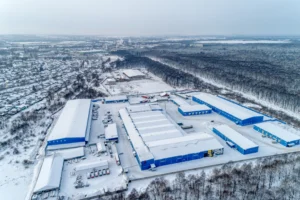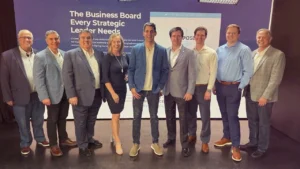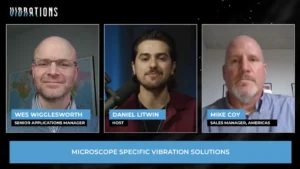Fiber Optics Show the Sun in a Whole New Light
While we consistently see the latest in astronomical observations disseminated across numerous news sites, the colossal technological leaps necessary to acquire these images often go unrecognized. While it’s obvious we have come a long way from the early refracting telescopes of a few centuries ago, the capabilities provided by the integration of optical fibers are incredible, to say the least.
First used for astronomical study in the 1970’s, optical fibers have significantly increased what is possible in spectrography. Scientists are now able to observe multiple objects concurrently using a single spectrograph. These fibers also provide exceedingly high resolution and greater versatility with cables that allow for separation between the observation instruments and telescope.
In fact, thanks to fiber optics, the New Jersey Institute of Technology’s Big Bear Solar Observatory recently made groundbreaking advances in the observation of activity on the sun’s surface. Previously, the observatory’s view was somewhat limited in scope. Now, however, science and research teams can observe simultaneous occurrences like solar flares and coronal mass ejections taking place across a wide field of view. Formerly, these events would have been studied separately, a situation that made it quite difficult to understand the complex dynamics at work.
The NJIT utilizes what is known as a multi-conjugate adaptive optics (MCAO) device to record images. The device takes pictures at three different altitudes to produce a distortion free image. It also allows the observatory to receive images of the entirety of a 20,000-mile-wide sunspot. While it’s taken the team over a decade to perfect the adaptive optics used, the results surely speak for themselves.
Fiberguide is a key supplier for optical fiber products such as IFU’s, 2D array and custom v-groove assemblies.
Fiberguide Industries was selected to build the fiber-optic array for the GHOST (Gemini High-resolution Optical SpecTrograph) in the Gemini South telescope. The array uses cutting-edge construction techniques and Fiberguide’s expertise in building high-quality, high-performance fiber optic subsystems. GHOST will provide two-object plus sky spectroscopy at full wavelength coverage from 363-950nm and resolutions from 50,000 to 75,000.
Each fiber will carry a fraction of the light coming from a stellar object to minimize losses due to atmospheric blurring. Parameters such as fiber optic pointing error and insertion loss are minimized by using proprietary Fiberguide construction techniques and the long history of Fiberguide’s experience building these types of arrays for astronomy, security and data communications. The new instrument will allow for the efficient scanning of the night sky. Click here to learn more about Fiberguide’s line of products.
Read more at fiberguide.com









